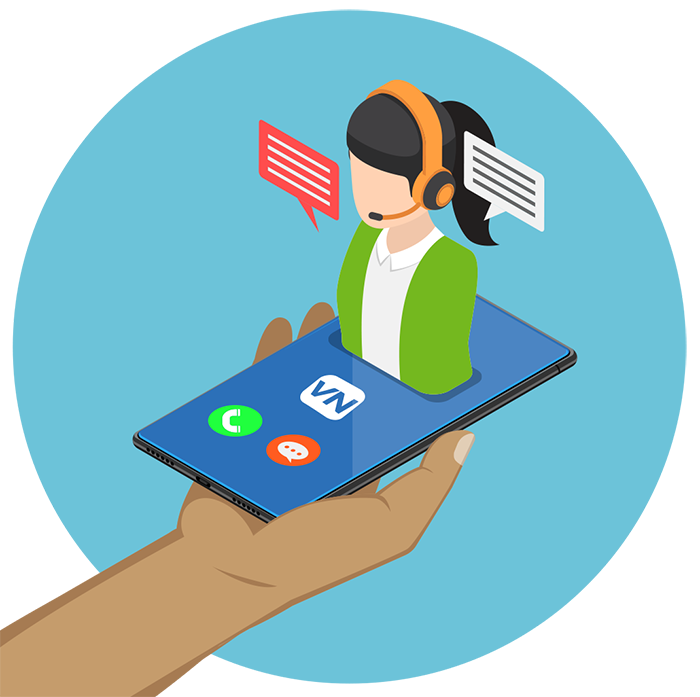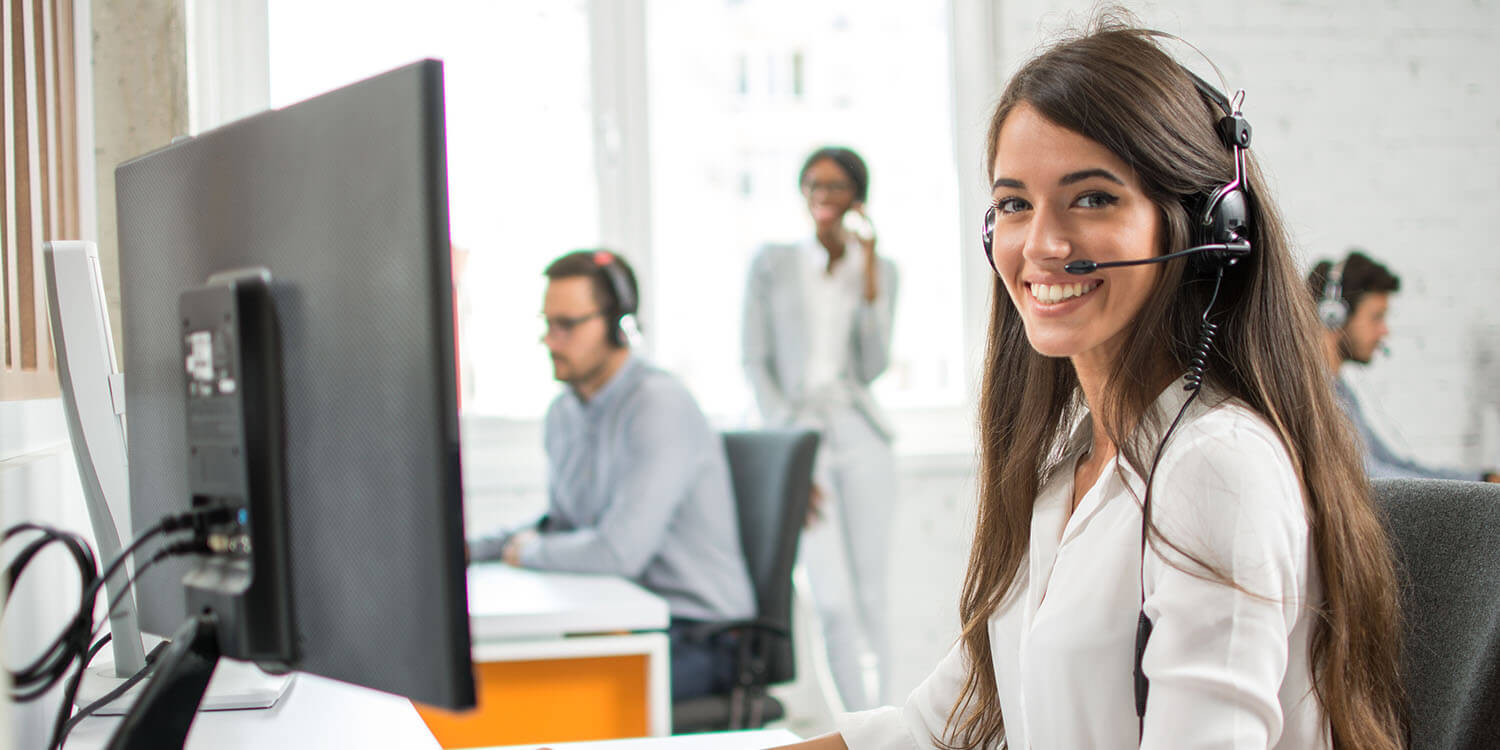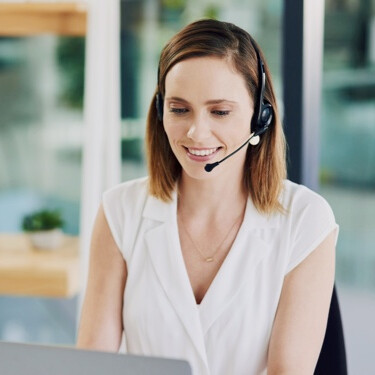All Categories
Featured
Table of Contents
- – Where To Buy Best What Is An Answering Service?...
- – What Is The Best Benefits Of Answering Service...
- – What Is The Best Spring Top Answering Service ...
- – What Is The Best Telephone Answering Service ...
- – What Is The Best Outsource Answering Services...
- – What Is The Best 24/7 Phone Answering - Au-b...
Where To Buy Best What Is An Answering Service? - Ruby Blog
This device and its successors were designed by Sava Jacobson, an electrical engineer with a personal consulting company. While early voice mail used magnetic tape innovation, the majority of modern devices utilizes solid state memory storage; some gadgets use a mix of both, with a solid-state circuit for the outbound message and a cassette for the inbound messages.
"toll saving" listed below) (answering service). This works if the owner is screening calls and does not wish to speak to all callers. In any case after going, the calling party must be informed about the call having actually been responded to (most of the times this starts the charging), either by some remark of the operator, or by some welcoming message of the little bit, or dealt with to non-human callers (e.
This holds specifically for the TADs with digitally saved greeting messages or for earlier devices (prior to the increase of microcassettes) with an unique endless loop tape, separate from a second cassette, devoted to recording. There have been answer-only gadgets without any recording capabilities, where the welcoming message needed to notify callers of a state of current unattainability, or e (phone call answering).
What Is The Best Benefits Of Answering Service - Professional Services 2023

about accessibility hours. In recording Littles the welcoming generally consists of an invite to leave a message "after the beep". A voice mail that utilizes a microcassette to tape messages On a dual-cassette answerphone, there is an outgoing cassette, which after the defined variety of rings plays a pre-recorded message to the caller.

Single-cassette answering machines contain the outgoing message at the start of the tape and incoming messages on the remaining space. They first play the announcement, then fast-forward to the next available space for recording, then tape the caller's message. If there are lots of previous messages, fast-forwarding through them can cause a substantial delay.
This beep is frequently described in the greeting message, requesting that the caller leave a message "after the beep". Little bits with digital storage for the taped messages do not reveal this hold-up, naturally. A little bit might provide a remote control center, whereby the answerphone owner can call the house number and, by entering a code on the remote telephone's keypad, can listen to tape-recorded messages, or erase them, even when far from house.
What Is The Best Spring Top Answering Service In Australia - 2023 Reviews

Thus the machine increases the number of rings after which it responds to the call (usually by 2, leading to four rings), if no unread messages are presently kept, however responses after the set number of rings (typically two) if there are unread messages. This permits the owner to learn whether there are messages waiting; if there are none, the owner can hang up the phone on the, e.
Some machines also permit themselves to be remotely triggered, if they have been turned off, by calling and letting the phone ring a specific big number of times (usually 10-15). Some company abandon calls already after a smaller variety of rings, making remote activation impossible. In the early days of Little bits an unique transmitter for DTMF tones (dual-tone multi-frequency signalling) was regionally required for remote control, given that the previously utilized pulse dialling is not apt to convey appropriate signalling along an active connection, and the dual-tone multi-frequency signalling was implemented step-by-step.
Any incoming call is not identifiable with respect to these homes in advance of going "off hook" by the terminal devices. So after going off hook the calls must be switched to appropriate devices and only the voice-type is right away accessible to a human, but perhaps, nevertheless should be routed to a LITTLE BIT (e.
What Is The Best Telephone Answering Service - Dexcomm - U.s. Based To Buy In 2023?
What if I informed you that you do not need to in fact get your gadget when answering a consumer call? Another person will. So practical, right? Addressing phone calls doesn't need somebody to be on the other end of the line. Effective automated phone systems can do the trick just as effectively as a live agent and often even better.
An automated answering service or interactive voice action system is a phone system that interacts with callers without a live person on the line - answer phone service. When companies utilize this technology, customers can get the response to a concern about your business merely by utilizing interactions established on a pre-programmed call circulation.
Although live operators upgrade the customer care experience, lots of calls do not require human interaction. An easy documented message or directions on how a client can obtain a piece of details generally fixes a caller's immediate need - answer phone service. Automated answering services are a basic and effective way to direct incoming calls to the right individual.
What Is The Best Outsource Answering Services In The Usa - Start From $11/hr Software?
Notification that when you call a company, either for assistance or item inquiry, the first thing you will hear is a pre-recorded voice greeting and a series of options like press 1 for client service, press 2 for inquiries, and so on. The pre-recorded options branch off to other choices depending upon the customer's selection.
The phone tree system helps direct callers to the ideal person or department utilizing the keypad on a cellphone. In some circumstances, callers can use their voices. It's worth keeping in mind that auto-attendant alternatives aren't restricted to the 10 numbers on a phone's keypad. Once the caller has picked their first choice, you can design a multi-level auto-attendant that utilizes sub-menus to direct the caller to the right type of assistance.
The caller does not have to interact with an individual if the auto-attendant phone system can handle their concern. The automated service can path callers to a staff member if they reach a "dead end" and need assistance from a live representative. It is costly to employ an operator or executive assistant.
What Is The Best 24/7 Phone Answering - Au-based Operators - Alltel Australia Service In My Area?
Automated answering services, on the other hand, are considerably less costly and supply considerable cost savings at approximately $200-$420/month. Even if you don't have dedicated personnel to manage call routing and management, an automated answering service enhances efficiency by allowing your team to focus on their strengths so they can more effectively invest their time on the phone.
A sales lead routed to client service is a lost shot. If a client who has product concerns reaches the incorrect department or gets incomplete answers from well-meaning employees who are less trained to handle a particular kind of concern, it can be a reason for frustration and discontentment. An automatic answering system can lessen the variety of misrouted calls, thus assisting your employees make better use of their phone time while maximizing time in their calendar for other jobs.
With Automated Answering Systems, you can produce a personalized experience for both your staff and your callers. Make a recording of your primary welcoming, and simply update it frequently to reflect what is going on in your organization. You can produce as numerous departments or menu alternatives as you want.
Table of Contents
- – Where To Buy Best What Is An Answering Service?...
- – What Is The Best Benefits Of Answering Service...
- – What Is The Best Spring Top Answering Service ...
- – What Is The Best Telephone Answering Service ...
- – What Is The Best Outsource Answering Services...
- – What Is The Best 24/7 Phone Answering - Au-b...
Latest Posts
Exceptional Custom Phone Answering ( NSW 2026)
All-In-One Remote Reception Desk
Virtual Receptionist For Small Business Sydney
More
Latest Posts
Exceptional Custom Phone Answering ( NSW 2026)
All-In-One Remote Reception Desk
Virtual Receptionist For Small Business Sydney